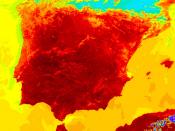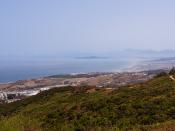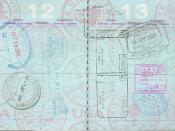Spain is a very diverse country filled with endless tracts of sierra and long stretches of coast. Traveling is easy and the people are welcoming. Spain attracts more than fifty million foreigners a year with beautiful beaches, plentiful accommodations, and a great climate.
The ideal months to visit are May, June and September. At these times you can rely on good weather, yet avoid the sometimes extreme heat. There is decent weather in some parts of Spain year-round. Winter along the southern and southeastern Mediterranean coasts is mild, while in the height of summer you can retreat to the northwest, or to beaches or high mountains anywhere, if you need to get away from excessive heat.
Spain's topography is characterized by the Castilian Plateau, which is divided in two by the Central Mountain Range. The mountain range separates the North Plateau from the South Plateau. The plateau is bordered by the Galician Massif, the Mountains of Leon, the Cantabrian Range to the north, the Iberian Range to the east, and Sierra Morena to the south.
Traveling around Spain is fairly easy. There are plenty of bus routes serviced by dozens of independent companies, and the bus network is more extensive than the train system and cheaper. Ferries regularly connect the mainland with the Balearic Islands. The only time you might consider flying within Spain is to get out to the islands.
In true Spanish style, cultural events are almost inevitably celebrated with a wild party and a holiday. Among the festivals celebrated are La Tamborrada in San Sebastián on January 19, a short but rowdy event where the whole town dresses up and celebrates. Carnaval takes place throughout the country in late February. In March, Valencia has a weeklong party known as Las Fallas, which is marked by all-night dancing,


